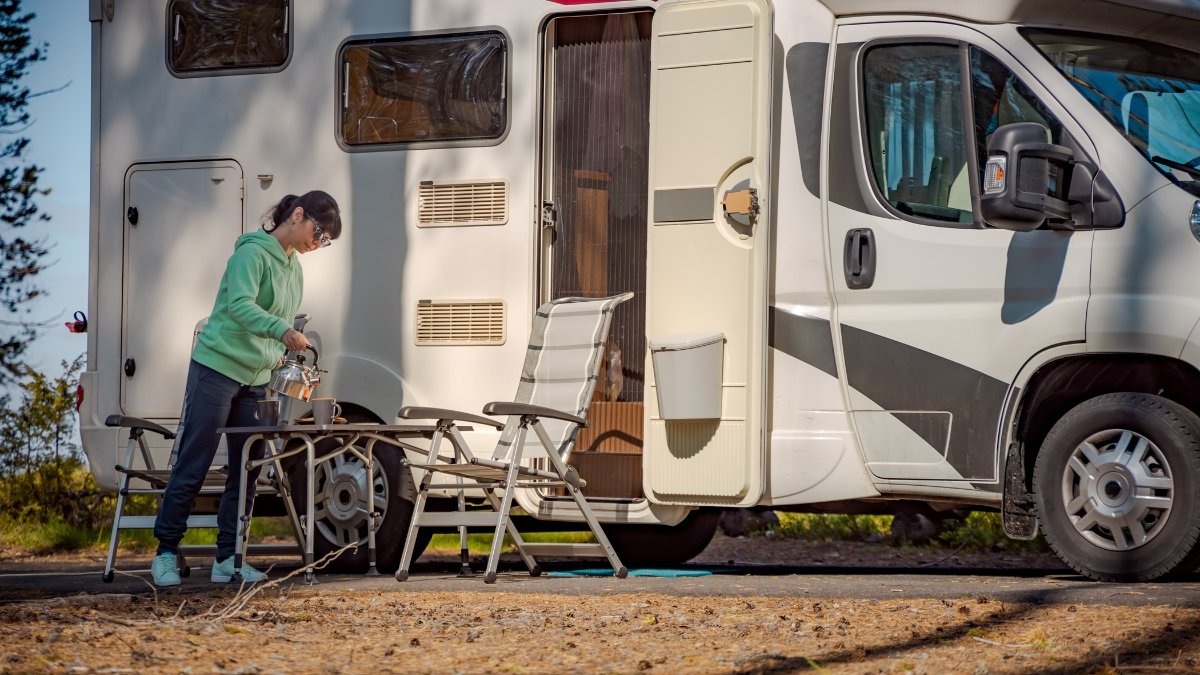Most RV owners think twice before spending money on upgrades. You see a cool mod online and wonder: “Will this just drain my bank account?” But the truth is that some RV modifications that pay for themselves will save you more money than they cost.
Smart RV owners choose upgrades that reduce their monthly expenses. Others boost their RVs’ value when it’s time to sell. The best cost-effective RV upgrades do both.
In this guide, you’ll learn about the modifications that yield the greatest return on your investment. We’ll show you real numbers: how much each upgrade costs and how much you’ll save. You’ll also get simple formulas to calculate if a mod makes sense for your budget and travel style.
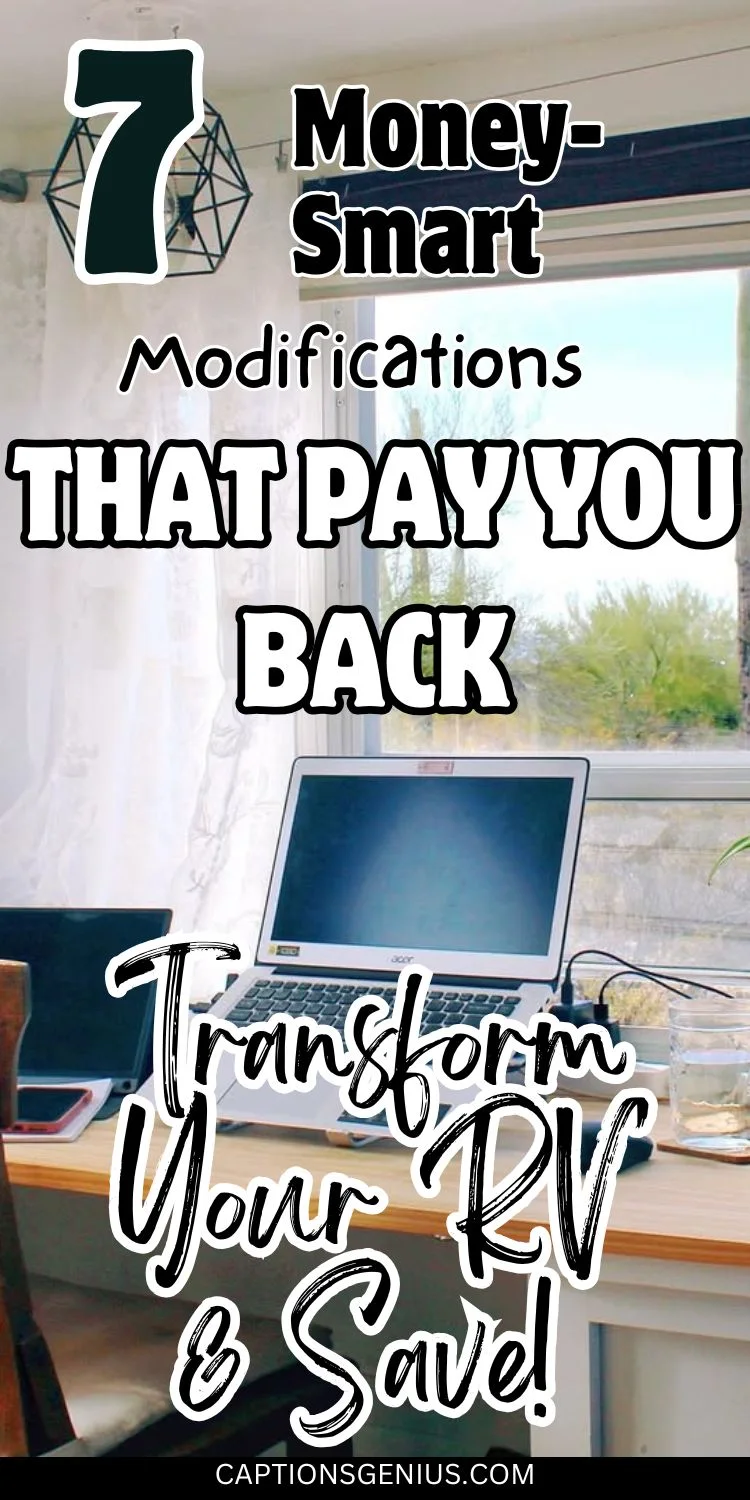
How to Save $1,800 Per Year with Solar RV Modifications
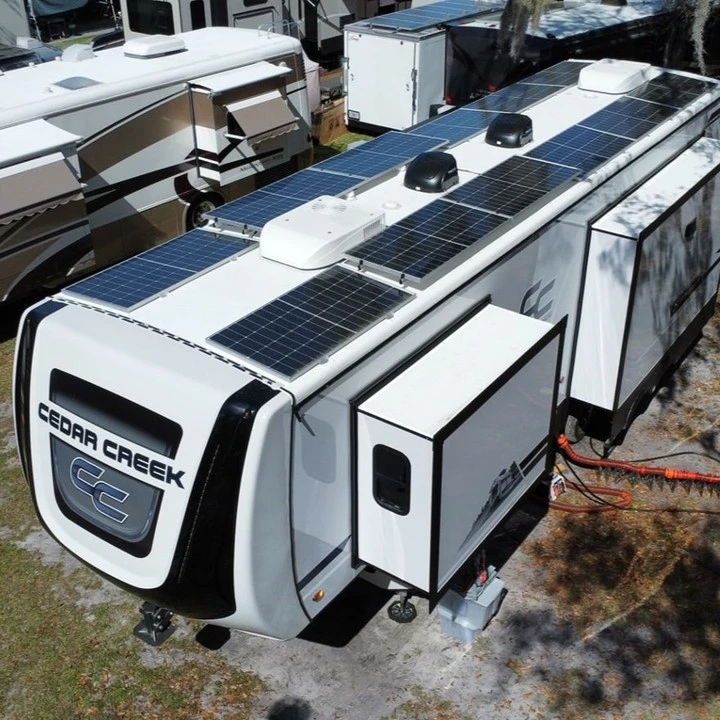
You’re tired of paying $45 every night just to plug into a campground. That’s $1,350 for a month of travel. But you could camp anywhere for free too. Solar RV modifications make this possible. And the math works better than you think.
The Real Numbers Behind RV Solar ROI
A basic 400-watt solar setup costs $2,000 to $6,000 installed. That sounds like a lot. But you save $35 every night you boondock instead of paying for hookups. Camp off-grid just 10 nights per month, and you pocket $350. Do this for 12 months, and you’ve saved $4,200.
Your system pays for itself in 12 to 24 months. After that, it’s pure savings. One RV owner installed a 400W system for $3,500. He now boondocks 15 nights per month instead of staying in campgrounds. His yearly savings are $1,800. His system already paid for itself, and he’s banking money every month.
Why 78% of Solar RV Owners Break Even Fast
The secret isn’t just the monthly savings. Solar panels boost your RV’s resale value by $3,000 to $5,000. So even if you sell after two years, you get most of your money back.
Also, you can camp in places that don’t have hookups, like National forests, remote beaches, and mountain lakes. These spots often cost nothing or just $5 per night. Your monthly savings range from $120 to $200, depending on how often you boondock.
The more you use solar power, the faster you see returns. Solar isn’t good for everyone. If you only stay in RV parks with hookups, it won’t save you money. But if you want freedom to camp anywhere, the ROI makes sense fast.
How a $1,200 Residential Refrigerator Beats Your $3,200 RV Fridge
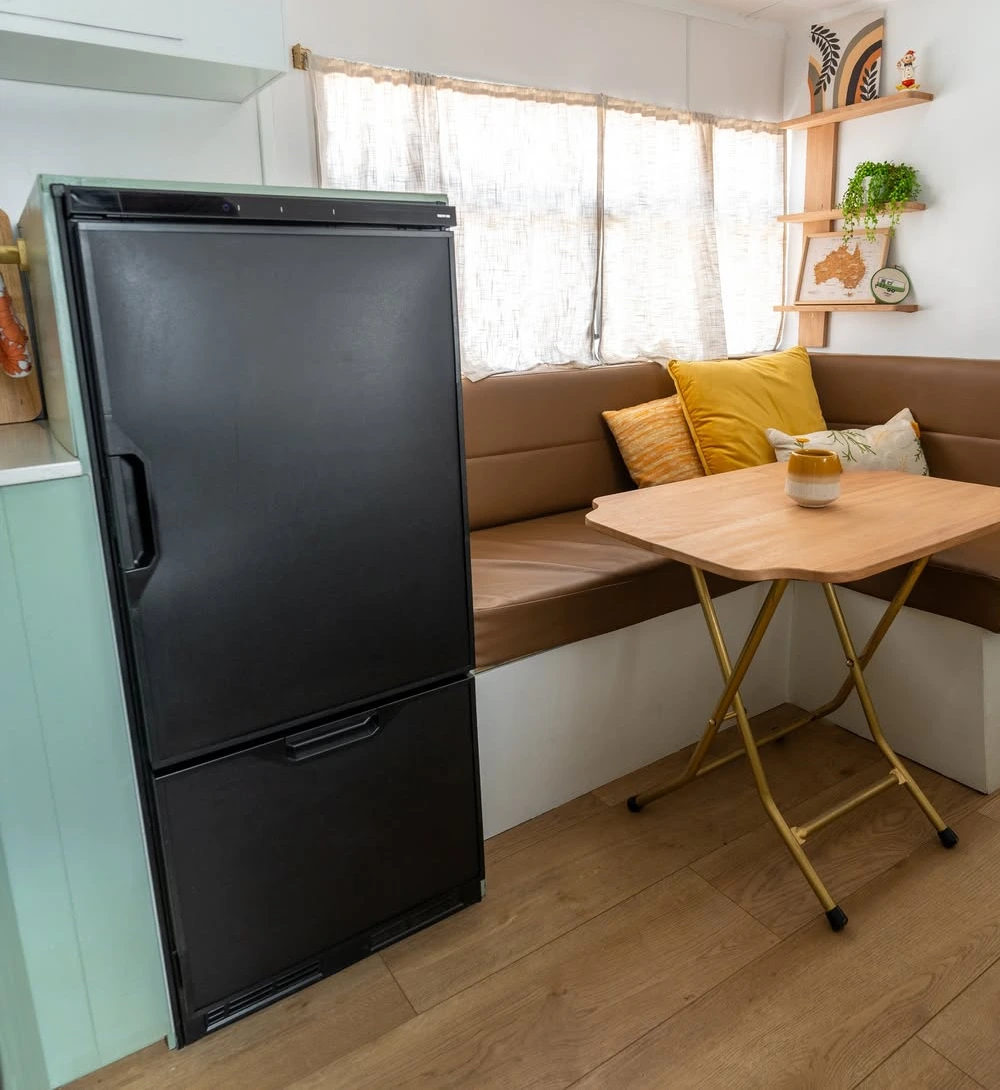
Your RV fridge died again. The repair shop wants $800 to fix it. A new RV refrigerator costs $3,200. But you have a better option that saves money and works better. Swap it for a regular home refrigerator.
Why Smart RV Owners Choose Residential Fridges
A residential RV refrigerator upgrade costs $800 to $1,500 total. That’s half what you’d pay for a new RV fridge. But the savings don’t stop there. Home fridges use 40% less power than RV models.
They keep food colder and more consistent. You will not find more spoiled milk or frozen lettuce. One family switched from a dying Dometic to an 18 cubic foot Whirlpool. The Dometic replacement would have cost $3,200. The Whirlpool costs $1,200 installed. They immediately noticed their food stayed fresh longer.
The Real Money You Save Each Month
Fresh food lasts longer in residential fridges because they maintain steady temperatures. The family above now saves $50 per month on groceries. That’s $600 per year just from less spoiled food.
Their power bills dropped, too. The old RV fridge pulled 3 amps constantly. The new Whirlpool uses 1.8 amps and cycles on and off. With their solar setup, this matters.
What You Need to Make It Work
You’ll need an inverter to convert 12V power to 120V. A 2000-watt inverter handles most residential fridges and costs $300 to $500.
The fridge needs secure mounting. RV fridges bolt differently than home models. Budget $200 for mounting hardware and installation help. Residential fridges last 15+ years. RV fridges typically die after 8 years.
This energy-efficient RV modification pays for itself through lower replacement costs alone. The downside is that the residential fridges need more power when starting up. Make sure your electrical system can handle the load.
Why $2,000 RV Battery Upgrade Saves You $3,000 Over 10 Years

Your lead-acid batteries died again after three years. You need new ones every time you turn around. The generator runs constantly because the batteries drain so fast. There’s a better way.
Lithium RV batteries cost more upfront but save money long-term.
The Real RV Battery Upgrade ROI
A lithium battery system costs $2,000. Lead-acid batteries cost $800 but need replacing every 3 years. Over 10 years, you’ll buy lead-acid batteries 3 times. That’s $2,400.
Lithium batteries last 10+ years. You buy them once and you’re done. But the savings go deeper than replacement costs.
Why You Get More Power for Less Money
Lead-acid batteries only give you half their rated capacity. A 200-amp-hour lead-acid battery really gives you 100 usable amp-hours. Drain it more, and you kill it fast.
Lithium batteries give you 95% of their capacity. A 200-amp-hour lithium battery delivers 190 usable amp-hours. That’s almost double the real power.
The Hidden Fuel Savings Add Up Fast
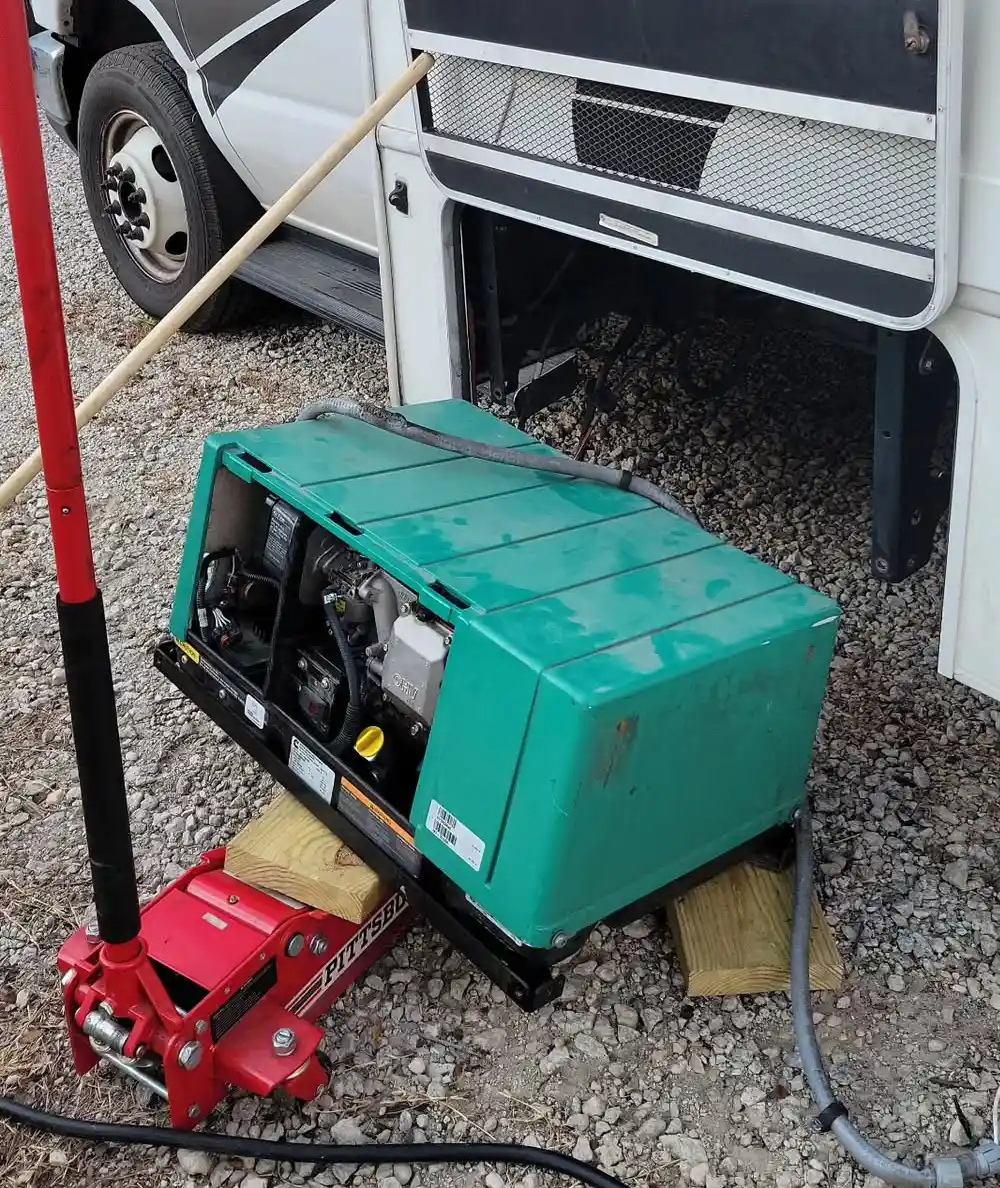
Here’s what most people miss. Your generator runs less with lithium batteries. They charge faster and hold power longer. One RV owner tracked his generator use before and after switching.
With lead-acid batteries, he ran the generator 4 hours daily. With lithium, just 2 hours. At $15 per day in fuel costs, he saves $300 per year on gas.
Lithium batteries weigh 60% less than lead-acid. That means better gas mileage when towing. Some owners see a 1-2 MPG improvement. The con is the high upfront cost. If you only RV a few weekends per year, lead-acid might make more sense. But for serious RVers, lithium batteries pay for themselves through longer life and fuel savings.
How a $600 Signal Booster Pays for Itself in 4 Months

You’re stuck at another campground with dead cell service. The WiFi costs $10 per day and barely loads email. You need the internet to work, but you’re burning money on connection fees. A cellular signal booster resolves this issue and pays for itself quickly.
Why This RV Internet Upgrade Beats Campground WiFi
A quality cellular signal booster costs $400- $800. It takes weak cell signals and makes them stronger. You get faster internet speeds using your phone’s data plan instead of paying for campground WiFi.
Most campgrounds charge $5 to $10 per day for WiFi. Travel 20 days per month, and you’re paying $150 monthly for slow internet. Your signal booster pays for itself in 3 to 6 months.
The Real Mobile Connectivity ROI
One remote worker installed a $600 booster in his RV. Before the upgrade, he paid WiFi fees and often drove to town for reliable internet. That meant gas money and lost work time.
Now he works from anywhere with even weak cell service. The booster turns one bar into three bars. He saves $150 monthly on WiFi fees and earns more because he can work consistently.
The bigger benefit is the work opportunities. Remote jobs pay well, and reliable internet lets you take them. Even part-time work can cover your entire RV lifestyle.
Signal boosters work best where you already have some cell service. They can’t create signals from nothing. But in most places, they turn unusable service into a working internet. You also get better emergency communication when cell towers are far away.
Why This Preventive RV Maintenance Pays for Itself
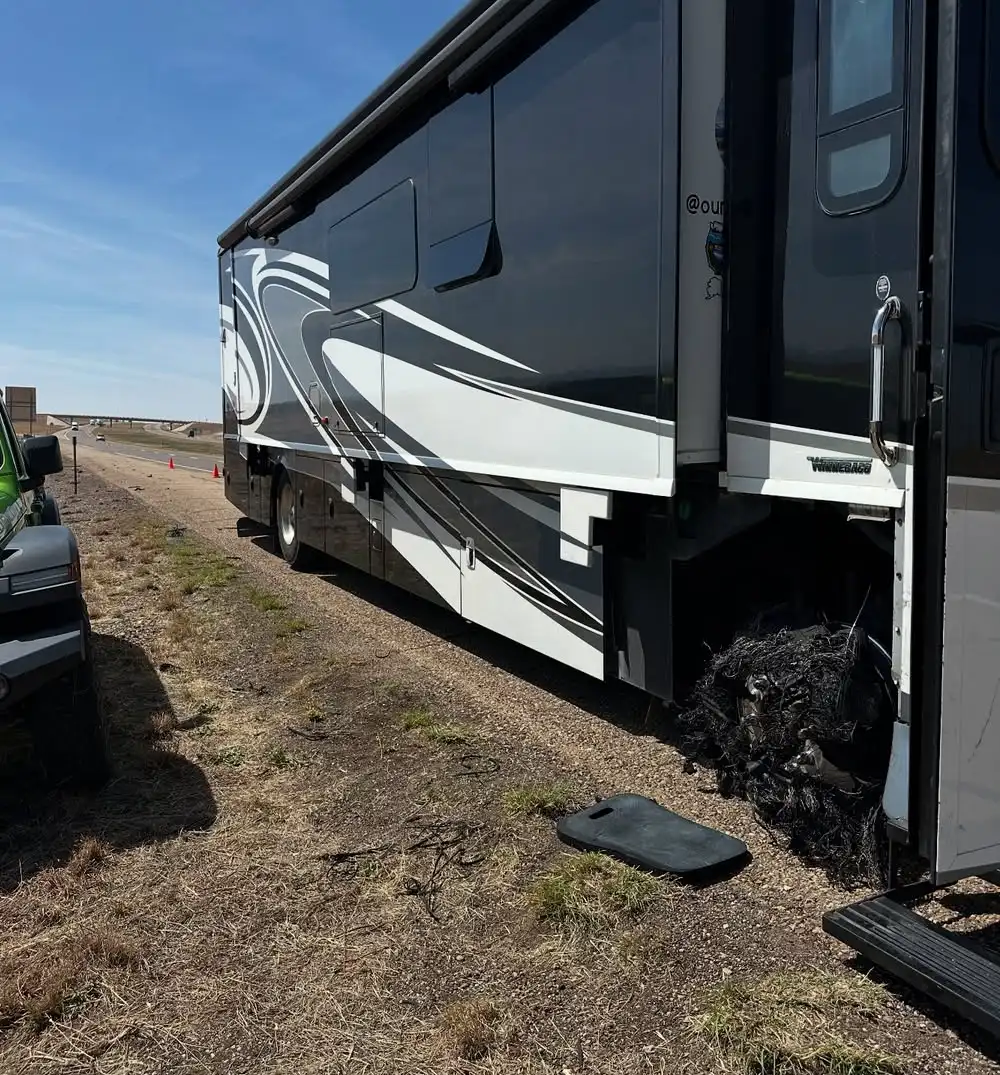
Your RV tire just blew out on the interstate. Now you’re stuck on the shoulder with semi trucks flying past. The tire cost $300. The rim damage cost $800. The side panel repair cost $1,400. Total damage: $2,500.
A tire pressure monitoring system would have warned you before the blowout happened. RV tire monitoring systems cost $300 to $600. They watch your tire pressure and temperature in real time. When pressure drops or heat builds up, an alarm sounds in your cab.
One prevented blowout pays for the system twice over. The average RV blowout causes $2,500 in damage. That’s not counting the danger, stress, and lost vacation time.
Money You Save Beyond Preventing Disasters
Proper tire pressure improves your gas mileage by 3% to 5%. On a cross-country trip, burning 200 gallons, that’s 6 to 10 gallons saved. At $4 per gallon, you pocket $24 to $40 per major trip.
Your tires last 25% longer with correct pressure. RV tires cost $300 each. If you get an extra year from a set of six tires, you save $1,800. Some insurance companies offer discounts for RV tire monitoring systems. The discount might cover your monthly monitoring fee.
The system alerts you to slow leaks before they become problems. You can fix a nail hole for $20 instead of buying a new tire for $300. The disadvantage is that the sensors can fail and need battery replacement every few years. But that’s cheap insurance against roadside disasters.
How a $250 Water Filter Saves $280 Every Year
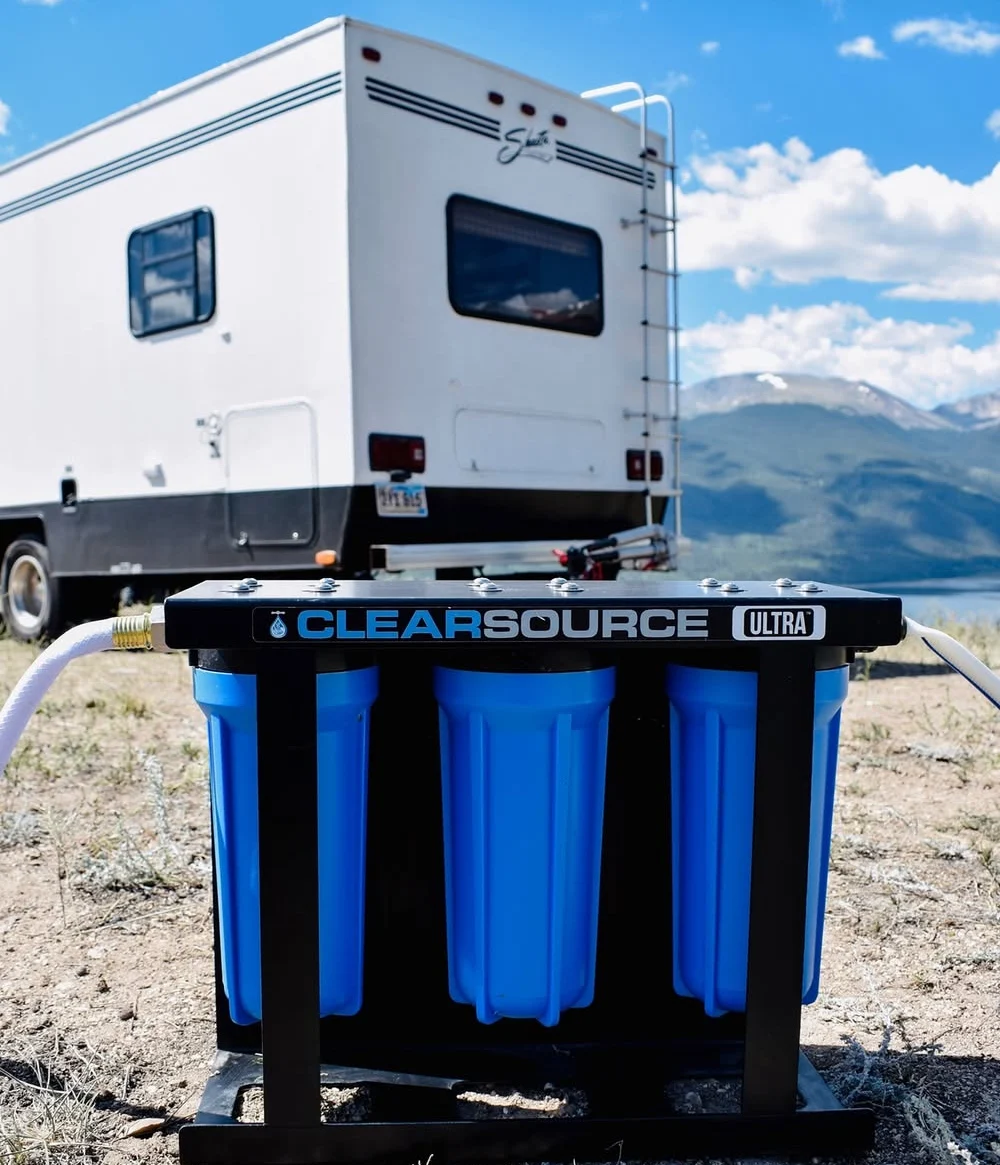
You’re buying bottled water again at the gas station. Six cases cost $24. Your family goes through two cases per week on RV trips. That’s $200 per month just for drinking water.
Also, you don’t know what’s in campground water. Some taste like chlorine. Others smell like sulfur. You need clean water you can trust.
Why Smart RVers Install Water Filtration Systems
An RV water filter system costs $150 to $400 installed. It connects to your water line and cleans everything that enters your RV. You get clean water from every faucet.
A family of four spends $480 yearly on bottled water during RV trips. The filter system costs $50 annually for replacement cartridges. Your total yearly cost drops to $200. You save $280 every year.
The Real Benefits Beyond Saving Money
Campground water varies wildly. Some places have great water. Others pump from questionable sources. Your filter removes chlorine, sediment, and bad tastes from any water source.
One RV owner installed a two-stage filter after getting sick from campground water in Arizona. Now his family drinks confidently anywhere they park. The water tastes better than most bottled brands.
You stop carrying heavy water cases. There are n more store runs for drinking water, and no more plastic bottles filling your trash. The downside is that filters need to be changed every 3 to 6 months. But at $25 per replacement, it’s still cheaper than buying bottled water.
How $300 in LED Bulbs Extends Your Boondocking by 2 Days
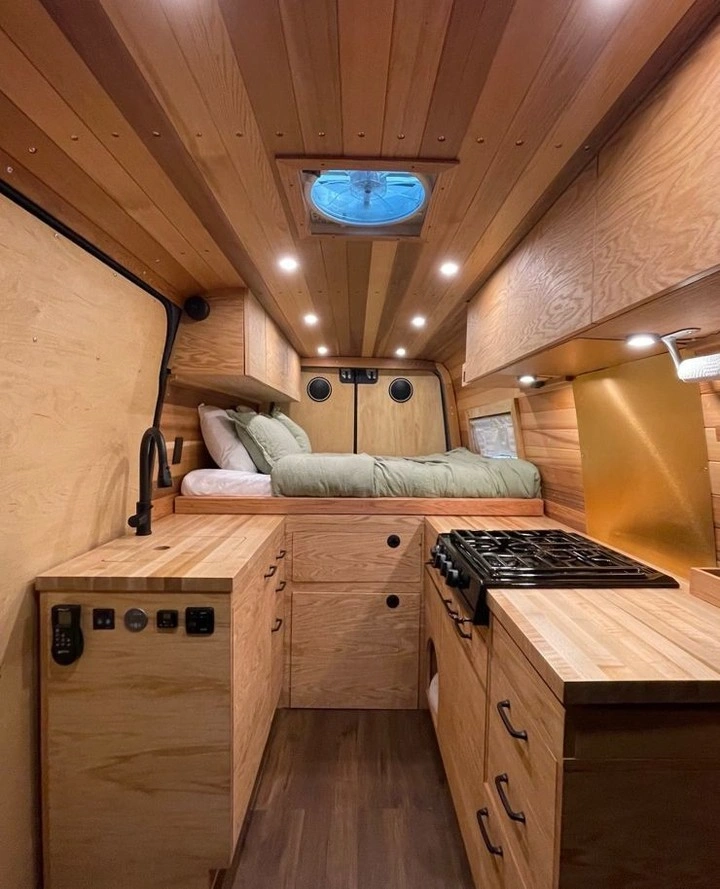
Your RV lights drain the battery fast when you’re off-grid. The old bulbs get so hot that they make your air conditioner work harder. You need to run the generator more often just to keep the lights on.
LEDs fix all these problems for less than you think.
Why This Energy-Efficient RV Lighting Upgrade Works
Converting your whole RV to LED lights costs $200 to $400. Each LED bulb uses 2 watts rather than 15 watts for old incandescent bulbs. That’s 85% less power draw.
Your batteries last much longer. One RV owner could boondock for 3 days with old bulbs. After switching to LEDs, he gets 5 days from the same battery bank.
The Hidden Benefits That Save Real Money
LEDs produce almost no heat. Your air conditioner runs less because the RV stays cooler. In summer, this saves significant battery power and generator fuel.
LED bulbs last 25,000 hours. Incandescent bulbs die after 1,000 hours. You buy replacement bulbs 25 times less often. At $5 per bulb, this adds up over the years of RVing.
Ten lights running 4 hours daily use 600 watts with old bulbs. LEDs use just 80 watts for the same lighting. That’s 520 watts saved every day. LEDs turn on instantly and dim smoothly. The light quality is better than old RV bulbs.
The only negative point is the higher upfront cost per bulb. But they pay for themselves through lower power consumption and longer life.
Your Next Step: Pick the Right Upgrade for Your Budget

These seven upgrades cost $5,000-$10,000 upfront but save $2,000-$4,000 annually for regular RVers. Start smart. Track campground fees, bottled water, and generator fuel for three months. This reveals which upgrades save the most.
Choose upgrades that match your travel style. RV park campers benefit from residential refrigerators, not solar. Boondockers need solar and lithium batteries over signal boosters.
Don’t buy all seven at once or copy someone else’s setup. Focus on your biggest monthly expenses first. Solar pays off fastest for frequent boondockers. Lithium batteries end the three-year replacement cycle.
The best upgrades solve real problems through measurable savings, not wishful thinking. Pick modifications that fit your actual travel patterns, and these cost-effective changes will transform both how you travel and what you spend.
